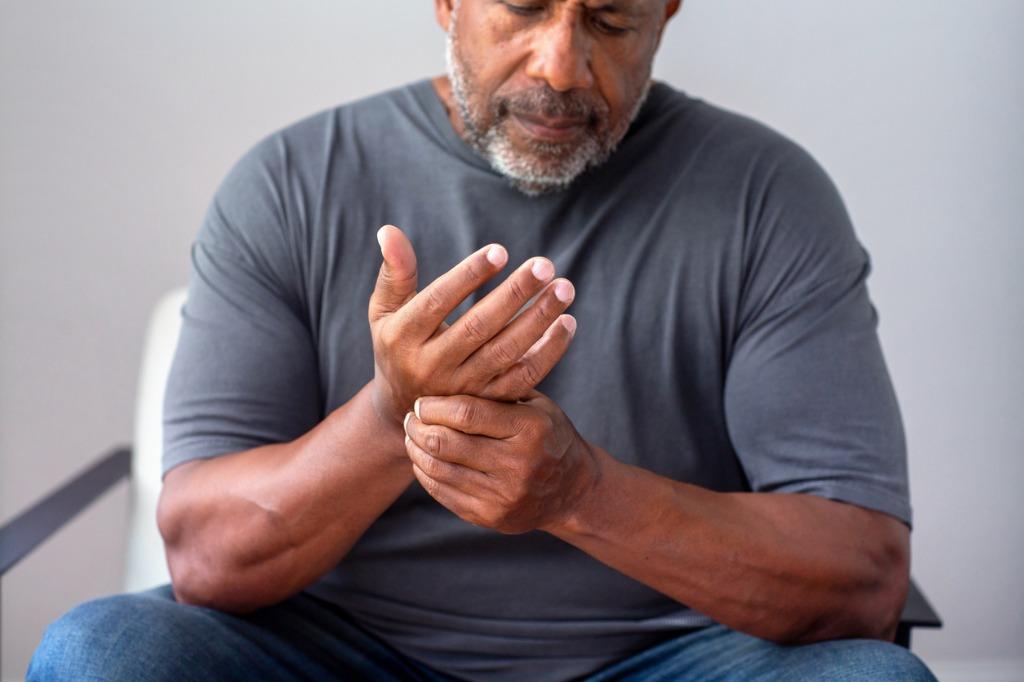Osteoarthritis vs. Rheumatoid Arthritis

Arthritis is a condition that affects many individuals of all ages, genders, and ethnicities. It is an umbrella term used to describe over 100 conditions that cause inflammation in the joints. Arthritis is divided into two main types: osteoarthritis and rheumatoid arthritis.
Osteoarthritis develops as a result of wear-and-tear on the joints and is more common in people over 65 years old, while rheumatoid arthritis is an autoimmune disorder where the body’s immune system attacks its own joint tissue. Both have similar symptoms, such as joint pain and stiffness, but they have different underlying causes, treatments, and prevention methods.
What is Osteoarthritis?
Osteoarthritis (OA) is a degenerative joint disease caused by wear-and-tear damage to the cartilage that serves as a cushion between bones. It usually occurs in people who are older than 65 years old but can also affect those younger due to genetics or lifestyle factors such as obesity or injury.
Common symptoms include:
- Pain
- Swelling
- Stiffness
- Reduced range of motion in the affected joint(s)
- Crepitus (grinding sound with movement)
OA often affects weight-bearing joints such as hips, knees, ankles, wrists, fingers, knuckles or toes. X-rays can be used to diagnose OA and confirm joint damage caused by this condition.
What is Rheumatoid Arthritis?
Rheumatoid arthritis (RA) is an autoimmune disorder where the body’s immune system mistakenly attacks its own tissues and cartilage. This type of arthritis typically appears at an earlier age compared to osteoarthritis (before 45) and predominantly affects women rather than men.
RA primarily affects the hands, wrists and feet, but can also affect other parts of the body if left untreated. Common symptoms include:
- Joint pain
- Fatigue
- Malaise (lack of energy or enthusiasm)
- Feverish feeling (unrelated to infection)
These symptoms point toward systemic inflammation throughout the body, which leads to muscle weakness and atrophy. This can impair physical activity, even with minimal resistance exercises/activities, leading to disability if not properly treated with medication and lifestyle modifications such as diet control and regular physical activity.
Causes and Risk Factors of Osteoarthritis vs. Rheumatoid Arthritis
Osteoarthritis is a degenerative condition that occurs as a result of normal wear and tear on the joints over time. Factors that can increase the risk of developing osteoarthritis include:
- Age: The risk of developing osteoarthritis increases as we get older.
- Genetics: Some people are more likely to develop osteoarthritis due to genetic factors.
- Obesity: Being overweight or obese can put extra stress on the joints, leading to osteoarthritis.
- Joint injuries: Joint injuries, such as a broken bone or torn ligament, can increase the risk of developing osteoarthritis later on.
Rheumatoid arthritis, on the other hand, is an autoimmune disorder. This means that the body’s immune system mistakenly attacks its own healthy tissue, specifically the lining of the joints, causing inflammation and pain. The exact cause of rheumatoid arthritis is not known, but it is believed to be a combination of genetic and environmental factors. Some of the risk factors for rheumatoid arthritis include:
- Genetics: Some people are more likely to develop rheumatoid arthritis due to genetic factors.
- Smoking: Smokers are at a higher risk of developing rheumatoid arthritis than non-smokers.
- Environmental factors: Exposure to certain toxins or pollutants may increase the risk of rheumatoid arthritis.
- Gender: Women are more likely to develop rheumatoid arthritis than men.
- Age: Rheumatoid arthritis can affect people of all ages, but it is more common in people over the age of 60.
Treatment and Prevention of Osteoarthritis vs. Rheumatoid Arthritis
The goal of treating both osteoarthritis and rheumatoid arthritis is to reduce pain, improve joint function, and slow the progression of the disease. Treatment options depend on the severity of the condition and may include:
- Medications: Nonsteroidal anti-inflammatory drugs (NSAIDs), steroid injections, and disease-modifying antirheumatic drugs (DMARDs) may be used to reduce inflammation and pain.
- Physical therapy: Exercises such as stretching and strength training can help improve joint function and range of motion.
- Alternative treatments: Acupuncture, massage, and other alternative treatments may also help reduce pain and improve joint function.
- Surgery: In severe cases, surgery may be necessary to repair or replace the damaged joint.
In terms of prevention, there are several lifestyle changes that can help reduce the risk of developing osteoarthritis and rheumatoid arthritis. These include:
- Maintaining a healthy weight
- Exercising regularly
- Eating a healthy diet
- Avoiding smoking
- Limiting alcohol consumption
- Protecting the joints from injury by using proper form
Finally, regular medical check-ups with your doctor are important to catch any early signs of arthritis before it progresses.
Explore Treatment Options for Arthritis at Motion Orthopaedics
At Motion Orthopaedics, our team of highly specialized orthopedic specialists provides comprehensive diagnostic and treatment services for all types of arthritis. We offer a wide range of treatments, including physical therapy, medications, injections, and surgery to help reduce pain and improve function.
For more information about our services or to schedule an appointment, contact us today.




